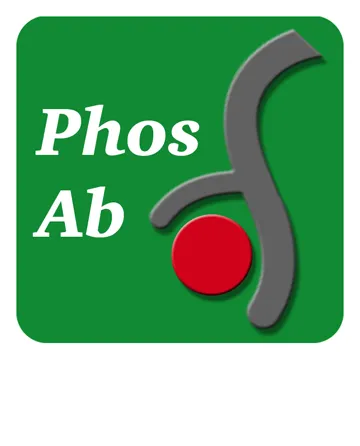Nitric oxide (NO) has a broad range of biological activities and is implicated in signaling pathways in phylogenetically diverse species. Nitric oxide synthases (NOS), the enzymes responsible for synthesis of NO, are homodimers whose monomers are themselves two fused enzymes: a cytochrome reductase and a cytochrome that requires three cosubstrates (L-arginine, NADPH, and oxygen) and five cofactors or prosthetic groups (FAD, FMN, calmodulin, tetrahydrobiopterin, and heme). Several distinct NOS isoforms are produced from three distinct genes. The inducible form of NOS, iNOS (NOS-II), is Ca2 independent and is expressed in a broad range of cell types, and two constitutive Ca2 /CaM-dependent forms of NOS: nNOS (bNOS, NOS-I) identified in neurons and eNOS (ecNOS, NOS-III) identified in endothelial cells. Regulation of eNOS activity occurs through phosphorylation at multiple sites. Phosphorylation of Ser-633 (mouse Ser-632) in the FMN binding domain increases eNOS activity and may be important for the maintenance of NO synthesis after initial activation by Ca2 flux and Ser-1177 phosphorylation.















